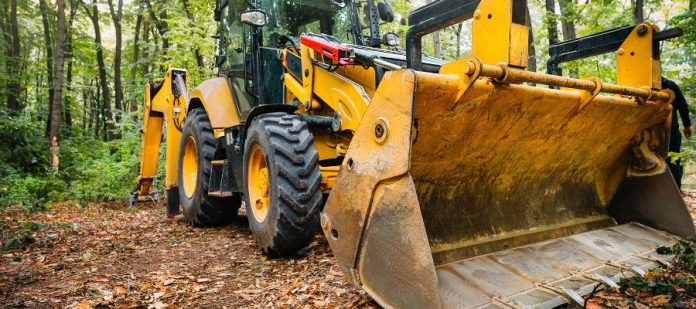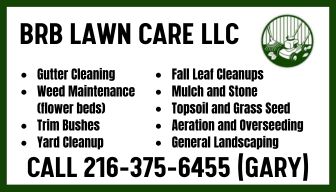Owning a property that includes woodlands is both a privilege and a responsibility. The beauty and tranquility of the woods can be a source of endless enjoyment, but they also require careful management to remain healthy.
The use of forestry equipment specifically designed to help you maintain and manage your woodland area is one facet this type of management involves. Below, we teach you how to take care of the woodlands on your property.
Understanding Your Woodland
Understanding the needs of your woodland property is important before delving into the specifics of forestry equipment. This understanding should include recognizing the types of trees and plants present, their growth patterns, and their specific maintenance needs.
Regular walks throughout your property will help you identify any changes or potential issues such as disease or insect infestations. Having a basic understanding of your woodland area can help you properly take care of it.
Forestry Equipment for Managing Woodlands
Having the right forestry equipment is crucial when it comes to properly managing your woodlands. Forestry equipment ranges from hand tools like axes and saws to large machinery, such as forestry mulchers and skidders. We take a closer look at these categories below.
Hand Tools
Hand tools are pivotal for small-scale forestry work. Axes, hatchets, and saws are ideal for cutting down smaller trees or removing branches. Additionally, pruning shears are excellent for maintaining the health of your trees by removing dead or diseased branches.
Machinery
Forestry machinery becomes necessary for larger-scale work. Forestry mulchers, for example, can quickly clear undergrowth and small trees, promoting a healthier forest floor. However, use skidders to transport fallen trees or logs across your property. This type of equipment is especially useful in sustainable forestry practices where workers perform selective logging to promote overall woodland health.
Maintaining Your Woodland
Regular maintenance is key to preserving the health and beauty of your woodland property. This type of maintenance may involve clearing undergrowth, removing dead or diseased trees, and monitoring wildlife activity. Seasonal tasks, such as leaf clearing in the autumn or tree planting in the spring, are also crucial.
Final Thoughts
A mindful approach and the right tools can make all the difference when it comes to knowing how to take care of the woodlands on your property. Utilizing appropriate forestry equipment and seeking professional advice when needed can help you ensure your woodland remains a healthy, vibrant part of your property for years to come. Remember, good woodland management is not just about preserving the beauty of your property today; it’s about ensuring its health for future generations.

























